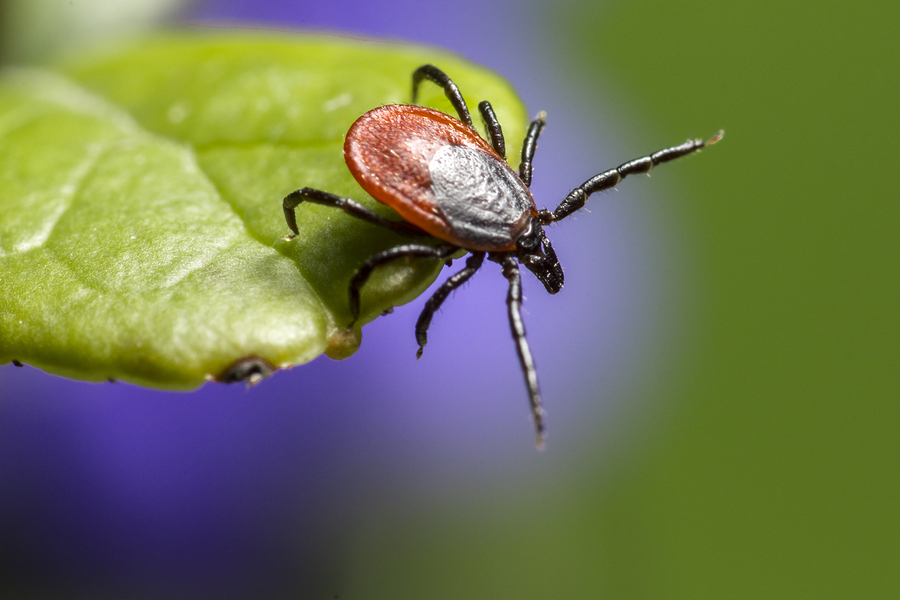
Lyme Disease in Almost Half of U.S. Counties
On the heels of this article I saw my own Holistic Lyme literate MD on People Magazine today. What are the chances?
As some of you may know, I overcame Lyme disease and have a (free) book I would love to send to your email called “In the Lymelight”. You might not know that I made a short documentary video about my experience with Lyme and how I overcame it- here. So as you can imagine, this story hits a little close to home. According to the CDC, the number of Lyme disease cases has more than tripled since the late 1990’s as ticks that can spread the disease now live in almost half of U.S. counties.
Lyme disease is spread by the blacklegged tick (also known as deer ticks) and the western blacklegged tick. While they are typically found in wooded and grassy areas, warmer temperatures, increased rainfall, and milder winters have aided in their expansion.
“It’s important for people to be aware that there may be ticks in areas where they haven’t seen them previously so that they can take steps to help protect themselves and their families,”, reports Rebecca Eisen, a research biologist at the CDC, to Reuters.
Some numbers to chew on:
- Varieties of the blacklegged tick that may carry the bacteria are present in 45% of counties nationwide, compared with just 30% in 1998.
- Deer ticks were found in 1,420 out of 3,110 counties in the continental U.S., and western blacklegged ticks in 111 counties.
- Deer ticks can now be found in 842 counties across 35 states, compared with 396 counties in 32 states in 1998.
- Western blacklegged ticks can now be found in 95 counties across six states, up from 90 counties in 1998.
However, even though the tick population is expanding, your risk of catching Lyme isn’t the same everywhere because the number of ticks infected with the bacteria varies. Just make sure that after you’ve been outdoors you check your body and your pets; you can even toss your clothes in the dryer for about 20 minutes, that will kill most ticks.
Most Dr’s recommend spraying skin and clothing with repellants like DEET or lemon permethrin but …
Source: Scientific American and Reuters Again, my free e-book about overcoming Lyme here











